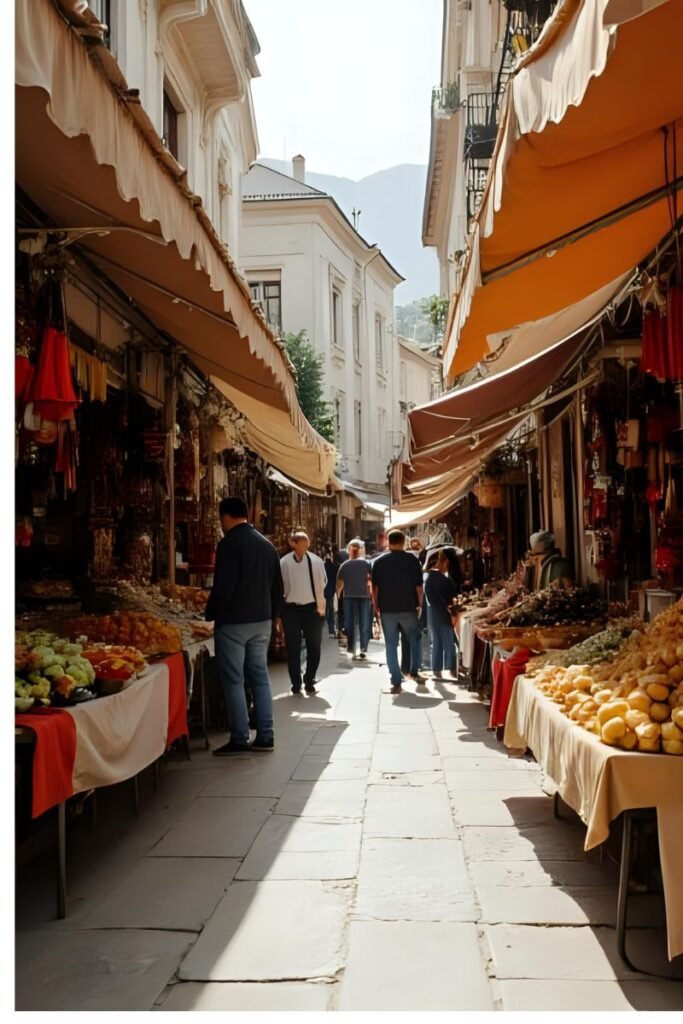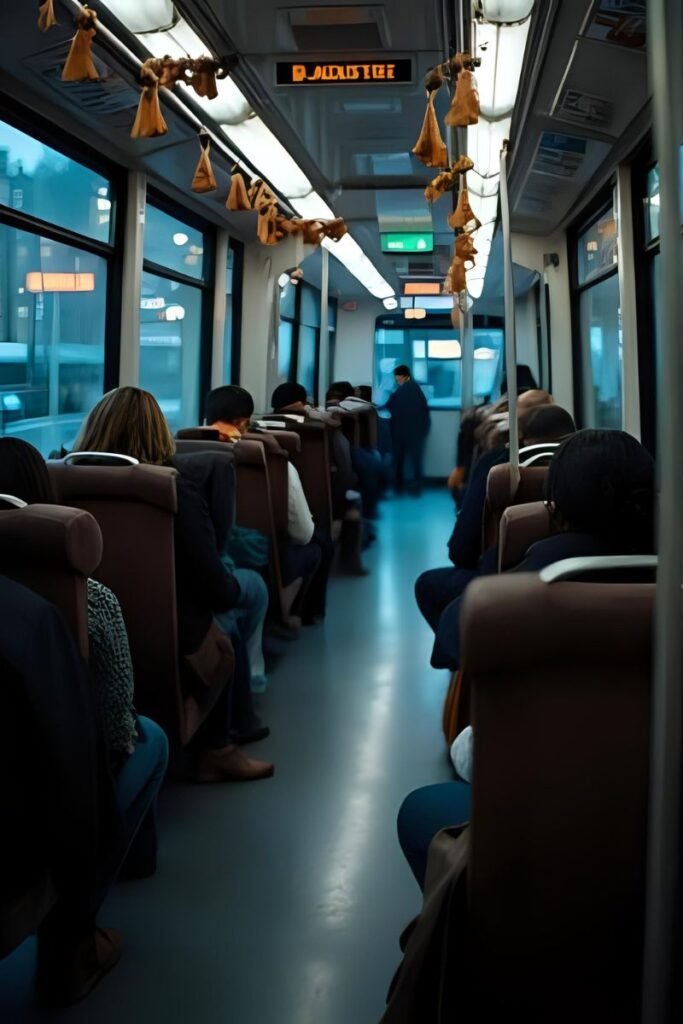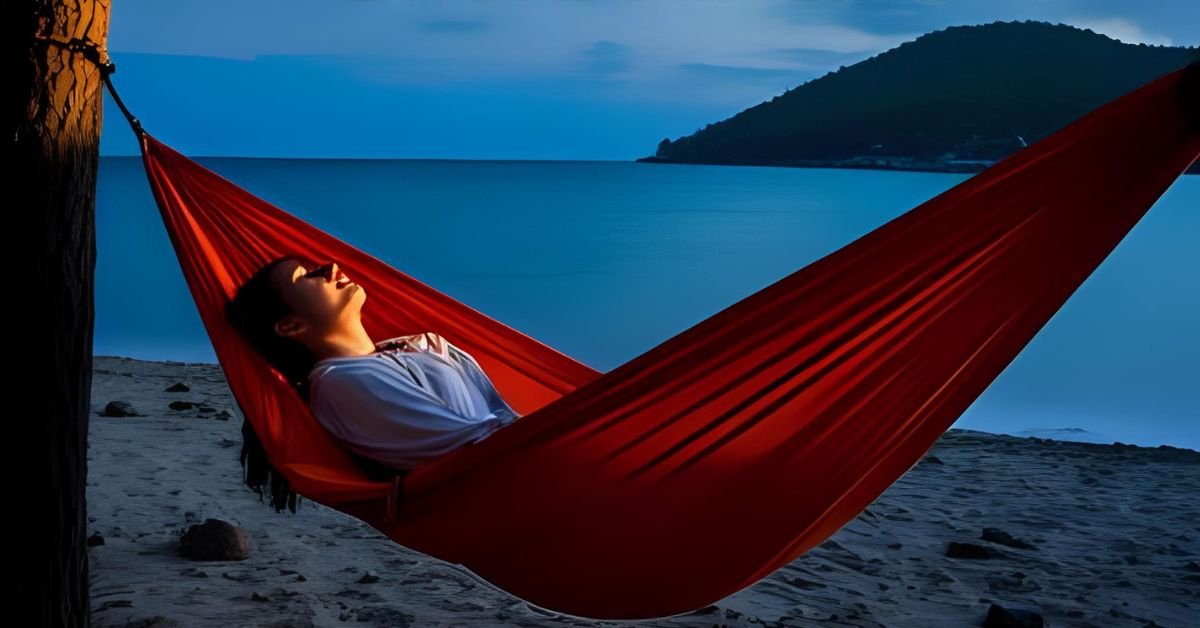When you hear “free accommodation while backpacking,” you probably picture a lumpy couch, a sketchy hostel basement, or worse—a park bench. I get it. But what if I told you some of my best travel memories came from free stays? Private guest rooms, beachside bungalows, even a cozy cabin in the Alps—all without spending a dime.
Finding $0 stays while backpacking doesn’t have to mean roughing it—in fact, it can lead to safer, more local, and even more comfortable experiences than paid options. From house-sitting in a luxury apartment to volunteering in eco-lodges, the secret is knowing where—and how—to look.
In this guide, we’ll break down the best methods to find free stays, tips for staying safe, and how to make the most of these opportunities. Ready to travel longer and spend less? Let’s dive in!
5 Legit Ways to Get Free Accommodation While Traveling
There’s nothing quite like waking up in a stranger’s spare room in Krakow, sipping coffee on a farm porch in Costa Rica, or watching an alpine sunrise from the backseat of an overnight train you didn’t pay to sleep on. That’s not a budget traveler fantasy—it’s real life if you know how to find free accommodation while backpacking.
No, this isn’t a recycled list of “Just camp anywhere!” or “Sleep on the beach!” nonsense. This is the real deal—seven smart, safe, and surprisingly social ways to crash for zero bucks while you’re out living the budget travel dream.
We’re diving deep into Couchsurfing, volunteer exchanges like Workaway and WWOOF, and the often-overlooked sleeper bus hustle, with candid insights and local-savvy tactics only seasoned travelers know.
Let’s strip it down. Free lodging isn’t just about saving cash—it’s about gaining access. To local kitchens, rooftop parties, offbeat stories, and the kind of travel moments you just can’t buy.
1. Couchsurfing (Safety Tips Included)

The Real Backpacker’s Guest Room
Couchsurfing is the OG hack for free places to stay when backpacking, and it’s still going strong if you know how to navigate it with street smarts.
The premise is simple: travelers stay in hosts’ homes for free, often sleeping on a couch, spare mattress, or sometimes a full guest room. No money changes hands—just stories, maybe a home-cooked meal, and occasionally lifelong friendships.
But Is Couchsurfing Safe for Solo Travelers?
Short answer: Yes, but only if you’re picky. Read full profiles. Look for hosts with multiple positive references, ideally recent ones and especially from other solo travelers. Female travelers—look for verified female hosts or hosts with verified identities and detailed reviews that mention respectful behavior.
Three Insider Tips:
- Always filter by “Accepts Last-Minute Requests.” If you’re on the road with zero plans, these are your goldmine.
- Write tailored requests. Mention something specific from their profile—“I saw you’re into Argentinian wine and dogs. Me too!”—and you’ll triple your chances.
- Check “Vouches.” On Couchsurfing, a “vouch” is worth more than 20 standard reviews. Only those who’ve been vouched for can vouch for others.
Local Hack: In places like Tbilisi or Medellín, many ex-pats host and are extra keen to meet travelers. Dig into those expat-heavy cities where the Couchsurfing community is lively but still under the radar.

My experience:
My ever first visit to Mexico, I stayed with a Cuban-American painter in Mérida, Mexico who hosted travelers in exchange for dinner conversation and sketchbook inspiration. We ended up jamming to old Buena Vista Social Club records and discussing street art movements until 2 a.m. Zero pesos spent. Maximum memory earned.
Pro Moves:
• Use Hangouts on the Couchsurfing app (available 24/7 in big cities) to meet people even when you don’t need a bed.
• Set up a solid guest profile with photos that show your personality. Nobody hosts ghosts.
• Backup Plan: Download the Trustroots app. It’s a similar hospitality exchange platform, often used by long-haul hitchhikers and nomads. Especially active in
Eastern Europe.
2. Volunteer Exchanges (Workaway, WWOOF)
Trade Time for a Bed and Sometimes Three Hot Meals
Let’s call it like it is: Work exchange for free lodging is one of the most powerful budget travel accommodation hacks out there. Platforms like Workaway, WWOOF, and Worldpackers connect travelers with hosts who need help in exchange for free housing—and often food.
Expect to work 3–5 hours a day, 5 days a week. Tasks range from teaching English to weeding organic farms to helping run beach hostels in Bali. It’s not “free” in the lazy sense—but it’s the best way to slow travel, plug into local life, and keep your budget tight.
The Platforms:
• Workaway.info – $49/year membership. Thousands of listings globally.
• WWOOF (World Wide Opportunities on Organic Farms) – Prices vary by country (~$40/year). Best for rural, sustainable, agri-based stays.
• Worldpackers.com – $49/year. Great for hostel gigs, yoga retreats, eco-villages.
Three Insider Tips:
- Sort by “Last Minute Hosts.” These gigs are often more flexible with work hours and open to short stays.
- Choose hosts who provide all meals. Free food = massive savings. Look for that phrase: “Meals included.”
- Message with specifics. Mention dates, skills, and why you picked them. “Hi Anna, I grew up gardening with my grandma—I’d love to help harvest tomatoes on your farm in Sicily this July.”
Local Hack: In southern Portugal’s Algarve region, WWOOF hosts often throw in surf lessons or communal dinners. Many don’t advertise it—ask directly when you message.
My experience:
I lived in a mountaintop olive farm in Crete where payment was in the form of bottomless tzatziki, sunset rakija, and a crooked bed in a stone shed that smelled like thyme. I helped prune trees in the morning and napped in hammocks by 2 p.m. It cost nothing but sweat and curiosity.
Pro Moves:
• Build a strong profile with real photos, past experiences, and references.
• Look for multi-host exchanges (especially in Central America) where you rotate between spots for variety.
• Use your skills smartly. Good with a camera? Offer to do promo photos for a yoga retreat—they’ll love you and probably feed you better.
3. Overnight Transport (Buses, Trains)
The OG Hack: Sleep While You Move
Every seasoned backpacker has done it: booked a night bus or train and called it both lodging and transportation. It’s the gritty, sometimes grimy, always cost-efficient maneuver that saves you time and cash in one go.

Where It Shines:
• Southeast Asia: Night buses from Hanoi to Hue (~$15, sleeper-style). Not luxury, but they get you horizontal.
• India: Sleeper trains (Class 2A or 3A) are dirt-cheap beds with views of the countryside. Book via IRCTC or 12Go Asia.
• Europe: Intercity night trains (like Vienna to Venice, ~$40 with couchette options).
Three Insider Tips:
- Book directly from the source when possible (railway sites or local bus stations). Middleman apps sometimes mark up prices.
- Pack a sleep kit: eye mask, earplugs, scarf for a blanket, and flip-flops for the bathroom. No explanation needed.
- Lock your bag to the seat/frame. Theft happens while you snooze, especially in South America and some parts of Eastern Europe.
Local Hack: In Colombia, night buses from Medellín to Bogotá (~9 hours) are spacious and air-conditioned—just bring a hoodie. Companies like Expreso Bolivariano leave hourly from Terminal del Norte.
Real-World Example:
Once slept across three empty seats on a 10 p.m. bus from Bangkok to Chiang Mai. It wasn’t glamorous—I drooled on my backpack—but I woke up to mountains and mango sticky rice, having saved $10 on a dorm bed and six hours of travel.
Pro Moves:
• Time it right: pick routes 7–12 hours long to maximize sleep.
• Splurge strategically: spend a little more for a real berth (like India’s 2AC) instead of “semi-sleeper” chairs.
• Mix with Hostel Days: alternate overnight travel with hostel nights to recharge socially and physically.
4. Become an Au Pair
An Au Pair is a “big brother” or “big sister” figure who helps a host family with childcare and light housework in exchange for room, board, and a small weekly stipend.
What it is: A cultural exchange program where you live with a host family to help care for their children. It’s more of a job than a vacation, but it’s an immersive way to live in a new country.
Who it’s for: Typically younger people (ages 18-30) who love children and want to live abroad for an extended period (usually 6-12 months) to learn a language and culture from the inside.
How it Works: You apply through an agency or a matching website, creating a profile that details your childcare experience. Families will interview you to ensure you’re a good fit for their kids.
Pros: Deep cultural immersion, language learning, a steady (though small) income, and the security of a host family.
Cons: It’s a significant commitment with real responsibilities. Your free time and social life will be structured around the family’s needs.
Key Platforms: AuPairWorld, AuPair.com, or established national agencies.
5. Volunteer Directly with an NGO or Non-Profit

Many smaller non-profits, conservation projects, and community-based organizations need dedicated volunteers and will provide basic accommodation in exchange for your help.
What it is: Offering your skills to a specific cause, such as wildlife conservation, trail building, or community development. Unlike Workaway, these are often more structured and may require a longer time commitment.
Who it’s for: Passionate travelers who want to make a tangible difference and have a specific skill set (or a strong desire to learn) to contribute.
How it Works: This requires more independent research. You identify a cause you care about (e.g., sea turtle conservation in Costa Rica) and then search for grassroots organizations working in that field. You contact them directly to inquire about volunteer opportunities.
Pros: Incredibly rewarding work, a deep connection to a place and cause, and working alongside passionate, like-minded people.
Cons: Accommodation is often very basic (dorms, tents, simple huts). Some organizations might require a program fee to cover food and logistics, so you must research carefully to find ones that are a true exchange.
Key Platforms: Research-based sites like Grassroots Volunteering, or simply using Google to find local organizations in your target country.

Bonus: Free Camping & Wild Stays
While not for everyone, free camping is alive and legal in more places than you’d think. In Scotland, the Land Reform Act gives you the right to wild camp nearly anywhere (GPS: Cairngorms National Park – 57.1166° N, 3.6477° W). In Norway, Allemannsretten lets you pitch a tent on uncultivated land for up to two nights.
Insider Tips:
• Use iOverlander or Park4Night to scout safe spots.
• Always arrive before dark—it’s safer, quieter, and more polite if near private land.
• Carry a compact leave-no-trace kit: trowel, biodegradable soap, waste bags.
Local Hack: In rural Australia, rest areas and “showgrounds” often allow free overnight stays for campers. Ask at the nearest petrol station—locals will know where the rangers don’t care.
Final Pro Moves for Free Accommodation
Want to level up from beginner to black-belt backpacker? Here’s how seasoned nomads make this lifestyle seamless:
• Mix and Match: Use Couchsurfing for big cities, Workaway for rural slow travel, and overnight transport for transition days. You can do an entire month without paying for a bed.
• Plan for Dead Days: Sometimes, you won’t find a host. Use apps like Hostelworld to filter by free breakfast and late checkout. Still a win.
• Be a Good Guest: Clean up after yourself. Show gratitude. Leave a small gift or note if you can. Your reputation is your currency.
Where can I sleep for free while traveling? Pretty much anywhere—with enough creativity, respect, and a solid Wi-Fi connection to message your host.
The question isn’t if you can stay for free. It’s how bold you’re willing to be
Read Other Articles:




